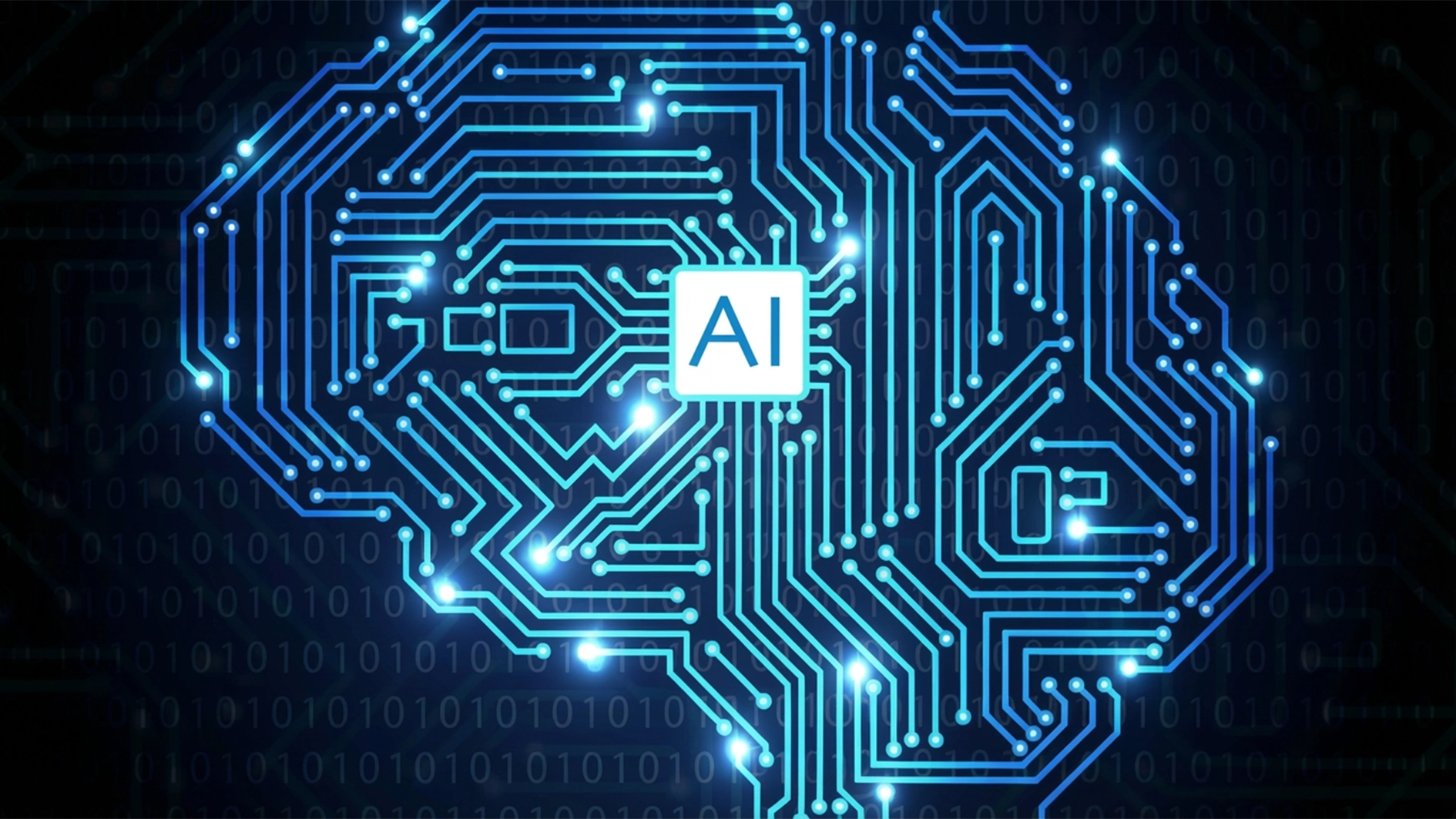In this modern era, with deep insight and visionary clarity, Dipteshkumar Madhukarbhai Patel, an expert in advanced engineering systems, explores the technological frameworks powering modern manufacturing in the Industry 4.0 era. With a background in enterprise architecture and system integration, he brings a nuanced perspective to the challenges and opportunities of digital transformation. His work bridges the gap between traditional manufacturing and intelligent, data-driven ecosystems.
Building a Foundation for Integration
Manufacturing is undergoing a transformation driven by digitalization and the convergence of technologies like big data, AI, and IoT. At the core of this shift is enterprise integration and interoperability mechanisms that allow disparate systems and platforms to communicate efficiently. As manufacturing environments grow more complex, ensuring seamless data flow is vital for competitiveness.
Enterprise integration frameworks serve as the digital backbone of smart factories, promoting real-time responsiveness. Interoperability ensures that varied systems, from robotic arms to inventory databases, speak the same digital language. Without integration, valuable insights remain trapped in silos, limiting the potential of digital innovation. Scalable integration ensures the business can expand without rebuilding infrastructure, fostering resilience and long-term adaptability.
Harnessing the Power of Big Data
Manufacturing generates vast data. Managing this effectively requires understanding four core characteristics: volume, velocity, variety, and veracity. To leverage data, organizations move through analytics maturity: descriptive analytics tracks what has happened; predictive forecasts what will happen; prescriptive recommendations what should be done. These layers help reduce waste, improve planning, and preempt disruptions. When properly harnessed, big data empowers every layer of the organization, transforming operations from guesswork to data-backed precision.
IoT: The Digital Thread in Manufacturing
The Internet of Things (IoT) has redefined how systems interact. Real-time monitoring, predictive maintenance, and adaptive scheduling are all enabled by IoT devices acting as sensors and data sources. Smart factories use IoT to monitor machine health and production output. This leads to quicker decisions and enhances supply chain coordination. Data ties each phase of the lifecycle from design to delivery. The richness of data gathered through IoT makes it possible to simulate outcomes, assess risks, and optimize production before physical implementation.
Data-Driven Decisions on the Shop Floor
Access to real-time data breaks silos and enables better decision-making. Dashboards tailored to user roles help operators and managers shift from reactive to proactive approaches. Aligning metrics with strategic goals fosters continuous improvement. Data guides action whether reducing issue response times or refining workflows. With integrated systems, decisions are no longer isolated or delayed; they become timely, contextual, and aligned with overarching business priorities.
Operational Efficiencies Through Smart Technologies
Smart manufacturing drives real-world gains. Predictive maintenance reduces downtime. Capacity analysis optimizes schedules. Quality assurance becomes continuous and data-driven. Digital twins simulate real-world systems, enabling safe, efficient design refinements. Wearable tech and collaborative robots improve worker safety and productivity. These enhancements reduce human error and elevate output standards, especially in high-precision or high-volume environments.
Overcoming Barriers to Integration
Despite its benefits, integration is challenging. Legacy equipment, diverse protocols, and fragmented standards create hurdles. Many systems need retrofits to connect digitally. Cybersecurity is another concern. Increased connectivity brings more risks, requiring layered protection. Skill gaps also challenge transformation. Organizations must invest in training and cultural shifts. Addressing these challenges requires a clear vision, phased strategies, and stakeholder alignment across every level of the business.
The Road Ahead: Autonomous and Adaptive Systems
The future lies in intelligent, self-managing systems. AI-driven platforms will configure integration points autonomously. Blockchain and edge computing will enhance supply chains and processing speed. The integration paradigm is shifting toward composable, collaborative ecosystems that are intent-driven and secured by zero-trust frameworks. These changes will allow manufacturers to rapidly respond to market shifts, resource constraints, and customer demands with agility and precision.
In conclusion, As digital transformation continues, enterprise integration is no longer a technical detail, it is a strategic imperative. It enables agility, innovation, and resilience. Through this exploration, Dipteshkumar Madhukarbhai Patel highlights how integration frameworks are redefining the future of manufacturing. Organizations that adopt these principles today will lead tomorrow’s industrial revolution with smarter, more adaptive, and data-empowered operations.






